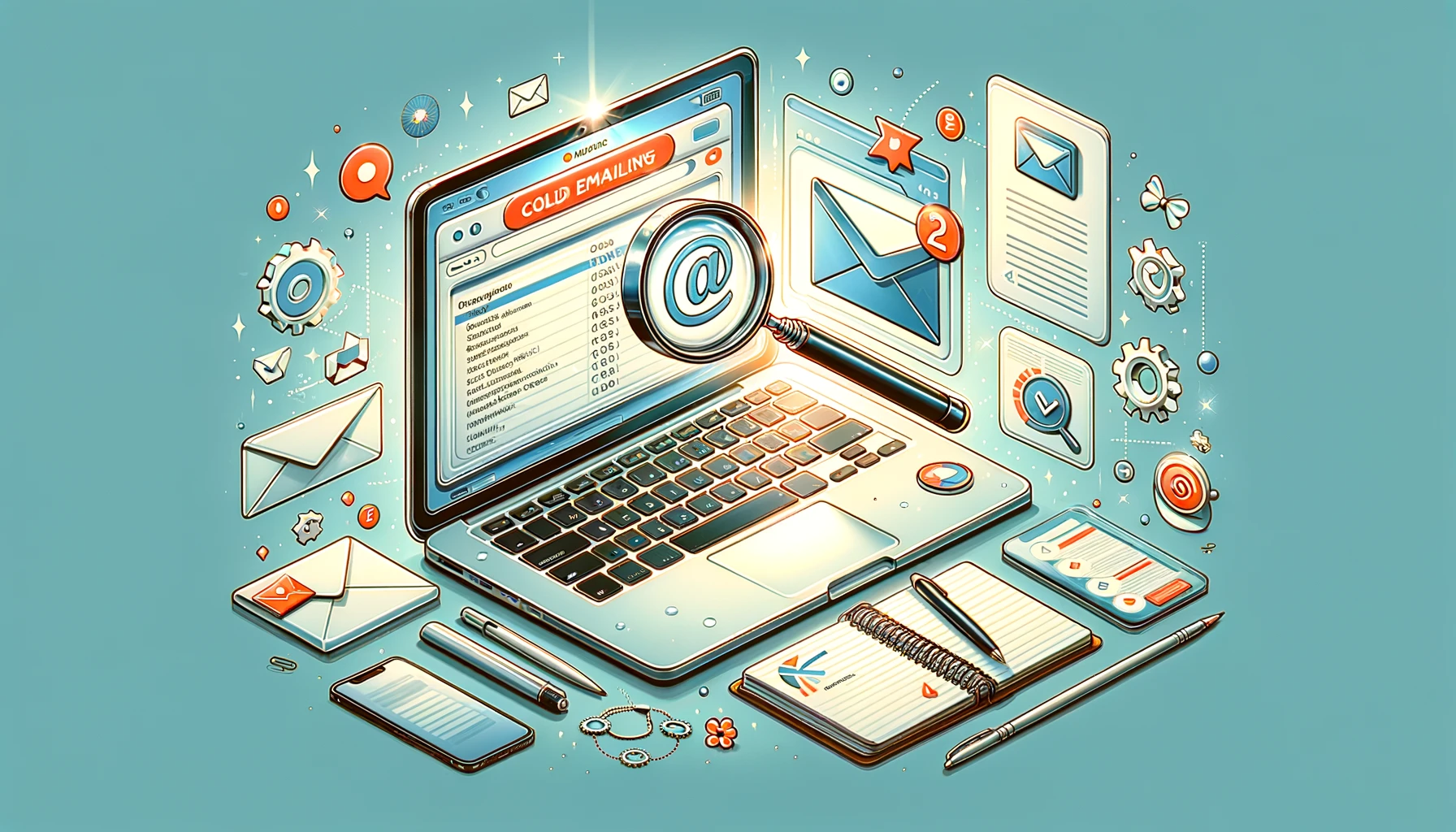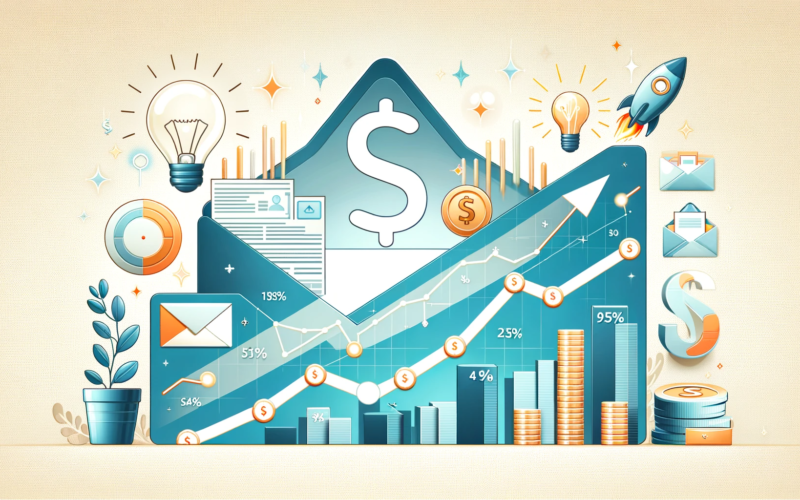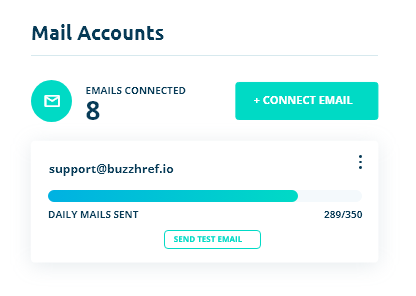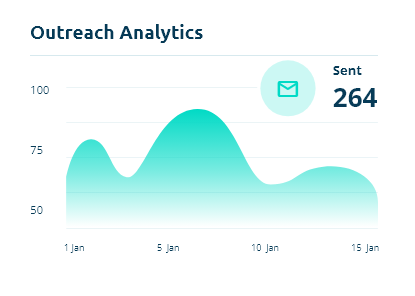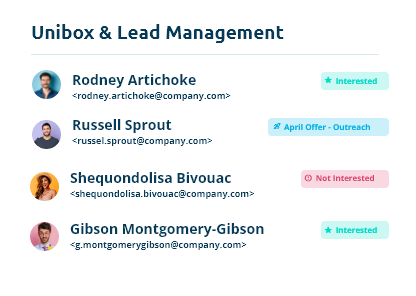Welcome to the “Ultimate Guide to Effective Cold Email Outreach”. In this guide, we focus on elevating your cold email strategies to effectively reach and engage potential clients. Cold emails are crucial in the modern business arena, serving as a direct line to potential customers and a key to unlocking new opportunities.
Why Are Cold Emails Important?
They bridge the gap between your offerings and potential clients. The secret to their effectiveness lies in personalization, relevance, and engaging calls to action. This guide will walk you through the essential tactics: crafting tailored messages, creating impactful content, and using strategic calls to action to elicit positive responses.
Additionally, we emphasis the importance of targeting the right leads. A successful cold email campaign begins with identifying the right audience, understanding their needs, and communicating how your product or service can meet those needs. Topics we will cover include:
- Finding Your Ideal Email Audience: Strategies for identifying and targeting the right potential clients.
- Write Compelling Email Content: Tips for writing effective and appealing cold emails.
- Personalization: The importance of customizing your message for each recipient.
- Clear and Compelling Subject Line: Techniques for writing subject lines that capture attention.
- Call to Action (CTA): How to effectively prompt recipients to take the desired action.
- Email Scheduling: Best practices for timing your email campaigns.
By following these guidelines, you’ll be on your way to more successful cold email campaigns.
Finding Your Ideal Email Audience
The journey of successful cold email outreach begins with one critical step: finding the right leads. This isn’t just about compiling a list of contacts; it’s about identifying and connecting with the audience that is most aligned with your product or service. The right leads are those who not only need what you offer but are also in a position to engage with or purchase it.
Write Compelling Email Content

Personalization
Personalization is vital in cold emails, it involves using recipient names, tailoring content to their specific needs, and including relevant information to increase response rates.
To personalize effectively, use data for audience segmentation, tailor messages to different groups, and focus on details like professional interests or specific needs.
Clear and Compelling Subject Line
The subject line of your cold email is your first, and often only, chance to make an impression. It needs to be both clear and compelling to ensure that your email doesn’t just get opened, but also gets read.
Call to Action (CTA)
A compelling Call to Action (CTA) in your cold email is vital for guiding recipients to the next step. Make your CTAs personalised, clear, and action-oriented, such as “Learn More”, “Get Your Free Trial”, or “Schedule a Demo”. Ensure they offer value relevant to the recipient’s needs or interests, and stand out visually in your email. Remember, an effective CTA can significantly increase the chances of engagement and response in your cold email campaigns.
Email Scheduling: Timing for Maximum Impact
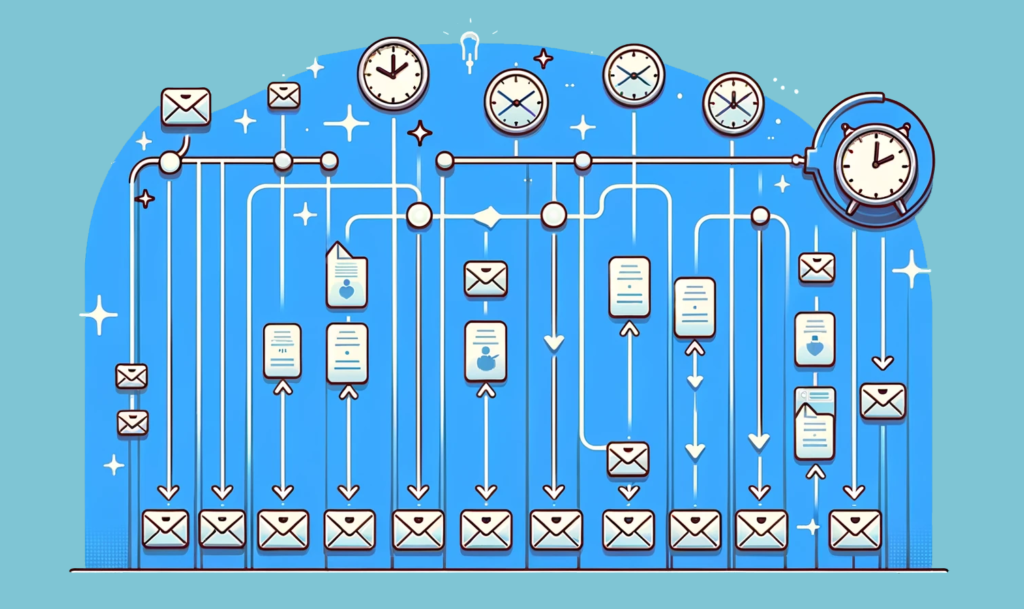
Finding the perfect moment to send your cold emails is crucial for maximizing engagement. Strategically scheduling your campaigns using platforms like Buzzhref allows you to send your emails when your audience is most likely to engage. Analyzing user behavior data to identify peak engagement times is key. This data-driven approach enables you to tailor your email schedule to the moments when your audience is most receptive. Consequently, this increases the likelihood of your email being opened and read, thereby enhancing the effectiveness of your communication.
Follow-Up Strategy
Developing a strategic approach to following up on your cold emails is crucial for maintaining engagement and building relationships. Here’s how to do it effectively:
Timing Your Follow-Ups:
Choose the right interval for your follow-up emails. Typically, a follow-up email sent a few days after the initial email strikes a good balance. It’s persistent enough to remind the recipient, but not so frequent that it becomes intrusive.
Vary Your Messaging:
Each follow-up should offer something new. Avoid repeating the same message. Instead, add value with each email, such as providing additional information, a different perspective, or a new offer that might appeal to the recipient.
Acknowledge Previous Emails:
Briefly reference your previous email to remind the recipient of your prior communication. This can be a simple mention of your initial discussion points or the offer made in the first email.
Limit the Number of Follow-Ups:
Set a limit on the number of follow-up emails you send to avoid the risk of appearing overly aggressive. A series of 2-3 follow-up emails is generally considered effective.
End with an Open Option:
In your final follow-up, consider leaving the door open for future communication. For example, you might include a line like, “Feel free to reach out if your situation changes or if you have any questions in the future.”
A thoughtful follow-up strategy can significantly enhance the effectiveness of your cold email campaign, helping to nurture leads and build lasting connections.
Keep Your Emails Out of Spam Folders
Personalization:
Tailoring messages personally using the recipient’s name, leveraging tools like Spintex to add a personalized touch.
Timing and Frequency:
Strategically managing the timing and frequency of emails by utilizing daily limits, ensuring emails appear genuinely personalized and not automated.
Clear and Concise Messaging:
Creating email content that is clear, succinct, and easy to understand, enhancing recipient engagement and comprehension.
Strong Call-to-Action (CTA):
Incorporating a compelling CTA prompting recipients to take specific actions (e.g., visiting a website, signing up, making a purchase). Positive recipient interactions improve sender reputation and reduce the likelihood of landing in spam folders.
Avoiding Spam Triggers:
Crafting emails to bypass common spam filters by refraining from excessive sales language, steering clear of known spam trigger words, and maintaining a balanced text-to-image ratio. This proactive approach helps in avoiding spam categorization.
Summary
Cold emails stand as a potent tool in the modern business toolkit. The key to leveraging their full potential lies in a strategic blend of personalization, well-timed delivery, and crafting content that strikes a chord with the recipient. When executed skillfully, cold emails can open doors to new opportunities, build valuable connections, and drive meaningful business outcomes. Remember, success in cold emailing isn’t just about sending messages; it’s about sending the right message, at the right time, to the right person.

